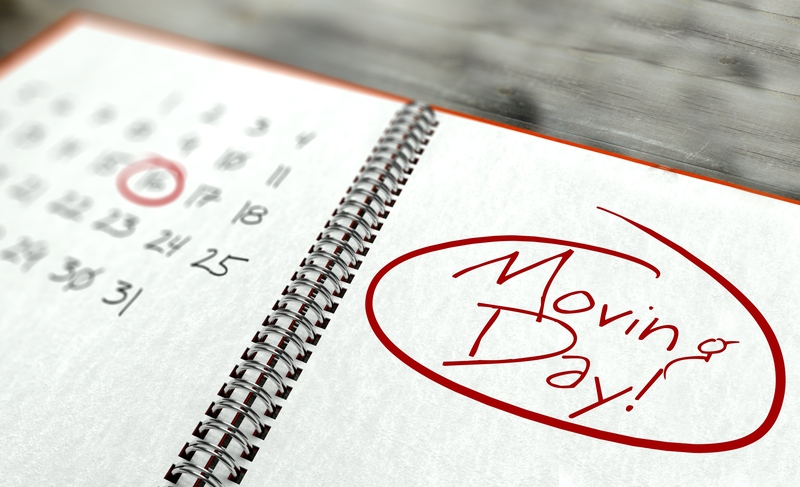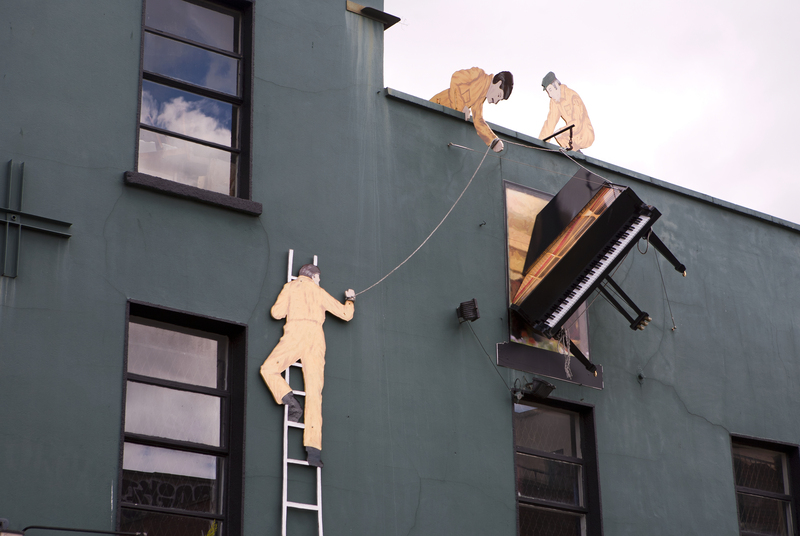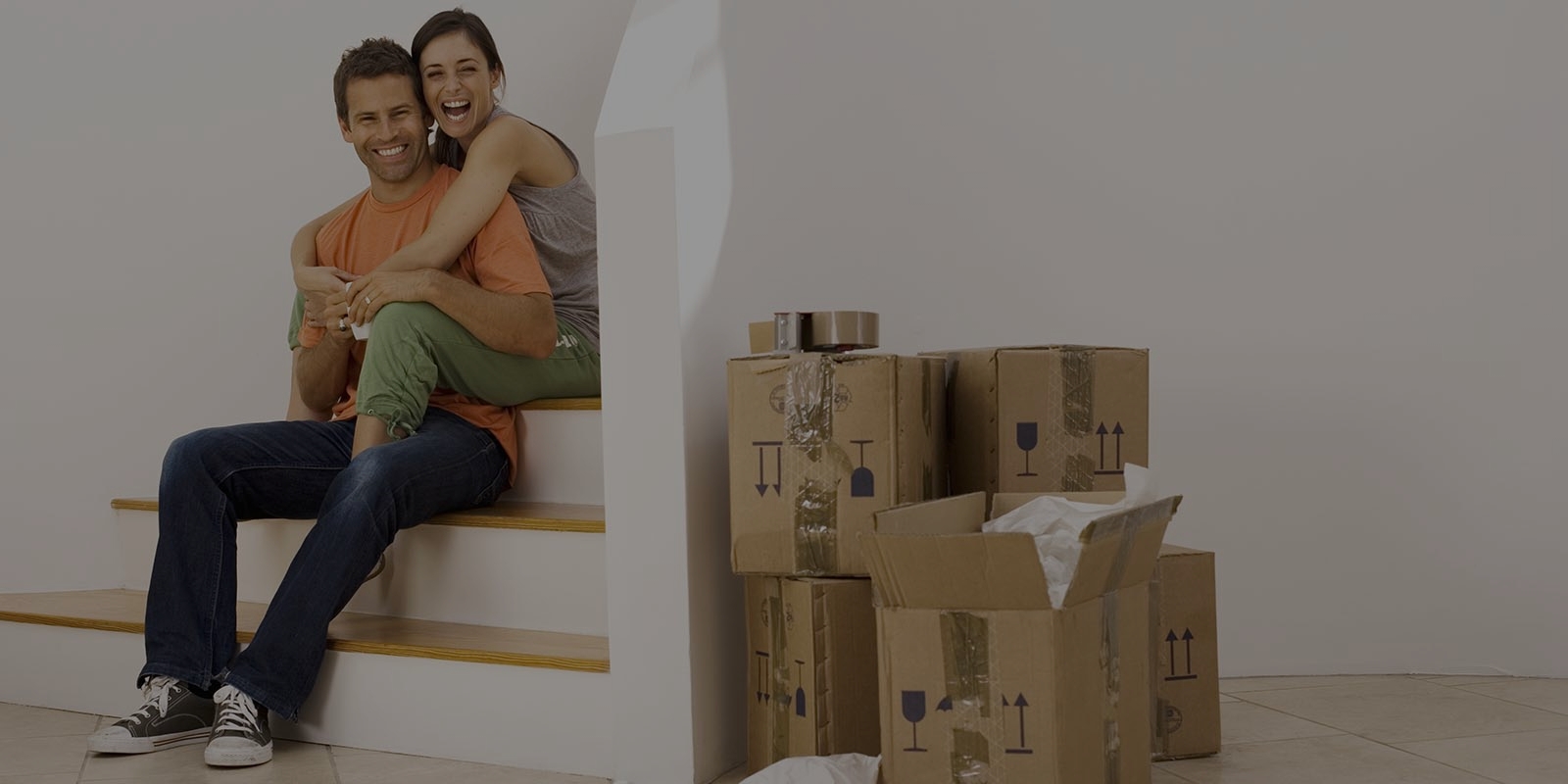Avoid DIY Pitfalls: The Case for Professional Piano Movers
Posted on 30/05/2025
Avoid DIY Pitfalls: The Case for Professional Piano Movers
Moving a piano is a delicate and challenging task that requires more than just strength--it demands expertise, experience, and the right tools. In this comprehensive guide, we'll explore why hiring professional piano movers is crucial to protecting your prized instrument, your property, and your peace of mind. Join us as we delve into the reasons you should avoid DIY pitfalls and trust the experts to handle your piano relocation with care.
Understanding the Challenges of Piano Moving
Pianos are magnificent instruments with intricate designs and immense sentimental and monetary value. Their sheer size, weight, and complex mechanisms make piano moving a task fraught with risk and technical considerations. Here, we'll break down the key factors that make piano moving uniquely challenging:
- Size and Weight: Upright pianos can weigh between 300-800 pounds, while grand pianos may exceed 1,200 pounds. Their large and unwieldy dimensions make navigation tricky.
- Delicate Mechanisms: The internal structure--including strings, hammers, and keys--can be damaged by jolts or improper handling.
- Awkward Shape: Pianos are top-heavy; improper lifting or pulling can result in internal and external harm.
- Potential for Injury: The risk of personal injury escalates when amateurs attempt to move such heavy, awkward items.
- Property Damage: Floors, walls, door frames, and stairs are all at risk during an ill-planned move.
With all these challenges in mind, it's clear why the decision to attempt a DIY piano move can lead to pitfalls both costly and dangerous.

Common DIY Piano Moving Pitfalls
Many believe that recruiting friends and renting a truck is enough to manage a piano relocation, but the reality often tells a different story. Here are some common pitfalls encountered during DIY piano moves:
1. Lack of Proper Equipment
Professional piano movers utilize industry-specific equipment such as piano dollies, moving straps, ramp boards, skid boards, and protective covers. Lacking this specialized gear, amateur movers may resort to makeshift solutions that increase the risk of damage and injury.
2. Inadequate Manpower and Coordination
Moving a piano requires more than brute strength. It needs precise communication, experience, and coordinated effort. Novice movers are prone to mishaps like sudden drops, accidental bumps, or even dangerous spills down staircases.
3. Insufficient Knowledge of Piano Structure
The fragile nature of a piano's internal components is often underestimated. Without understanding the weak points and proper balance, movers may cause irrevocable harm--resulting in costly repairs or irreparable loss.
4. Damage to Property
Homes are full of obstacles such as tight doorways, narrow corridors, low ceilings, and stairs. DIY attempts frequently result in scuffed floors, chipped paint, cracked drywall, and serious marks on wooden staircases or entryways. Your home's value is at stake.
5. Risk of Personal Injury
Back strains, crushed fingers, and even more severe accidents are alarmingly common when moving pianos without professional training. The weight and imbalance can quickly overpower even the strongest of helpers.
Why Opt for Professional Piano Movers?
The benefits of hiring expert piano movers far outweigh any potential cost savings of a DIY project. Here's what sets professional movers apart:
Specialized Experience and Training
Moving companies that specialize in pianos have intensive training in handling every type of instrument--upright, baby grand, grand, or digital. They understand:
- How to disassemble removable parts safely
- How to secure a piano for both short and long hauls
- How to maneuver through complex layouts such as stairs or elevators
- The importance of maintaining climate and humidity control during transport
Professional Equipment
With the right equipment, piano movers can ensure safe, efficient, and damage-free transport. Items like piano boards, harnesses, and shock-absorbing wheel dollies are standard for the pros, giving you peace of mind that your instrument will arrive safely.
Full Insurance and Liability Coverage
Accidents can happen, even with the best precautions. A professional piano moving service will have appropriate insurance coverage to protect your instrument and your property, meaning you're not left out of pocket if something goes wrong.
Protection for Your Home
Not only do professional piano movers safeguard your instrument, they also use techniques and protective barriers to ensure your property remains intact. Corners are padded, paths are protected, and every precaution is taken to leave no trace of a move behind.
Time and Stress Savings
Attempting a DIY move can consume days or even weeks of preparation, execution, and recovery while sparking unnecessary stress. Hiring experts means you get to focus on other aspects of your move, knowing your piano is in skilled hands.
Hidden Costs of DIY Piano Moving
At first glance, hiring professional piano movers might seem expensive. But consider the hidden costs of a DIY approach:
- Equipment Rental: You'll need to rent moving dollies, straps, pads, and possibly a truck.
- Transport Insurance: Most personal insurance policies won't cover transportation damage.
- Medical Expenses: An accident or injury can lead to significant bills.
- Repair or Replacement: Restoring or replacing damaged piano parts can cost hundreds or thousands.
- Property Repair: Fixing gouged floors or scratched walls adds up quickly.
When you tally all these expenses, the cost savings from a DIY piano move quickly disappear.
Steps Professional Piano Movers Take--A Closer Look
Ever wonder what sets an expert piano mover apart? Here's a brief walkthrough of their specialized process:
- Pre-Move Assessment: An initial survey of your space, the piano type, and obstacles such as stairs or tight corners.
- Disassembly (if needed): Pedals, legs, and music stands may be carefully removed and packed.
- Protection: Wrapping the piano in thick pads and securing moving blankets, especially around corners and keys.
- Safe Lifting and Transport: Using dollies or boards designed for your piano's model, with straps to stabilize during movement.
- Strategic Navigation: Professional movers use practiced techniques to pivot, tilt, and slide your piano through the building.
- Loading into Transport: Ramps, lifts, and cushion systems prevent jarring movements during loading into the moving truck.
- Transport: Temperature-controlled, shock-absorbing vehicles ensure safe transit--even for cross-country or international relocations.
- Delivery and Setup: At the new location, the experts reassemble and position your piano without a scratch.
When DIY Can Be Riskier Than You Think
Trying to move a piano yourself can end in disaster, even with the best intentions. Some real-world scenarios include:
- Piano Breaking Through a Floor: In older homes, a heavy grand piano can collapse through weak floorboards.
- Crushed Fingers and Fractures: Incorrect pivoting or unsupported lifting can trap hands and feet beneath tons of weight.
- Broken Internal Mechanisms: One hard drop can crack the soundboard or snap strings, leading to costly repairs.
- Falls Down Staircases: There are numerous cautionary tales of pianos--and people--rolling down flights of stairs during DIY disasters.
Choosing the Right Professional Piano Moving Company
Not all moving companies are created equal. To ensure a seamless experience, look for:
- Specialization in Piano Moving: Ask about experience, equipment, and training specific to pianos.
- Proper Insurance: Verify that the company carries comprehensive liability coverage.
- Positive Reviews: Consult multiple sources--Google, Yelp, and local references--to gauge satisfaction and professionalism.
- Transparent Estimates: Reliable companies provide clear, upfront quotes without hidden fees.
- Customer Service: Good communication and after-move support are signs of a top-quality piano moving provider.

Frequently Asked Questions About Professional Piano Movers
How much does it cost to move a piano professionally?
Prices vary depending on distance, piano size, and complexity (stairs, difficult access), but expect local moves to start around $150-$400, with long-distance relocation ranging up to $1,000+ for grand pianos.
Are there different movers for different types of pianos?
Absolutely. Upright piano movers and grand piano movers use slightly different techniques and equipment, due to balance and component differences.
Will professional movers tune my piano after the move?
Most moving companies do not tune pianos. It's recommended to allow your piano to acclimate for a few weeks before scheduling a professional tuning post-move.
Conclusion: Entrust Your Piano to the Experts
Your piano is an investment--musically, emotionally, and financially. The risks of DIY piano moving simply aren't worth it. From injuries to damage, the pitfalls far outweigh any perceived savings. By hiring professional piano movers, you'll ensure the safety of your instrument, the preservation of your property, and the well-being of yourself and your loved ones.
Safeguard your treasured instrument. Rely on the training, tools, and experience of expert piano movers--and enjoy peace of mind during your next move!







